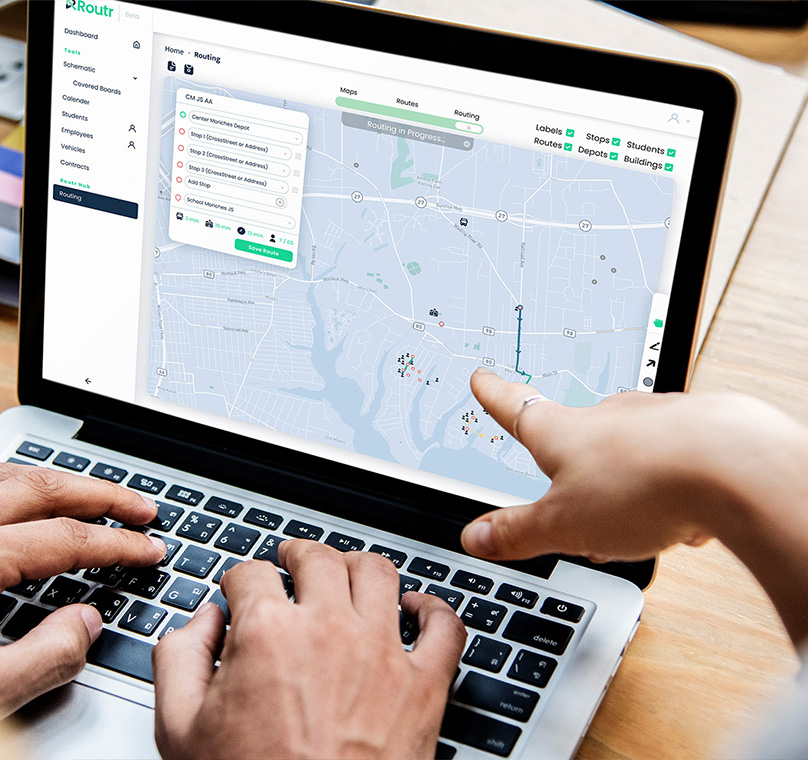Route planning vs. Route Optimization: Driving Operational Efficiency
Route planning is a foundational but antiquated method of fleet management. Today’s business structures require route optimization and the integration of automation to prosper

Contrary to the habit of using the terms interchangeably, “route planning” and “route optimization” are very different in terms of routing and logistics. In technology solutions, each of them serves an individualized purpose. Like the development of medicine, we are continuously learning how complex and distinct fleet management truly is, and how much is involved to ensure it functions normally. While route planning has been the seed, route optimization is a triumph in new-age medicine for the biology of logistics and transportation. From internal fleet management to outsourced delivery functions, operational management eats up costs and time. Today, relying on outgrown methods and lacking the proper integration of the right routing technology can have a negative succession on an organization, from a domino effect of delays, less productive drivers, fleets, dissatisfied customers, and wasted resources.
The Key Differences
Route planning is a traditional process in the transportation industry. This tedious but fundamental task involves mapping and sequencing routes to design the shortest and most direct trajectory from the start to the destination. The process typically only considers surface-level facets, like proximity and duration. Traditional strategies in fleet management are becoming antiquated, however, as they don’t provide room for adapting to growth, changing customer expectations, or rising operational costs. Relying solely on the method of route planning can lead to a lack of information accessibility, real-time visibility, and delivery productivity.
While route planning is a vital sign in the beast that is fleet management and logistics, many other factors play a role in ensuring it functions healthily. Route optimization is the tenured doctor that considers these nuances. It paves the way for comprehensive route planning and mapping based on driver schedules, locations, vehicle types, route history, real-time weather, traffic conditions, and more.
Software vs Hard Work
In light of the many parameters considered in route optimization, it becomes a consuming task that requires a lot of resources when attempted manually. Today, routing software integrates optimization functions that automate the same operations immediately and precisely. It streamlines logistics and creates a platform that allows for vehicle tracking and awareness of fleet status at all times. This lets businesses lessen their focus on fleet management and route planning and allows them to allocate their energy towards other areas of focus to produce revenue and growth.
Benefits of Route Optimization Software
Incorporating new-age routing software into an organization’s business structure can help to increase efficiency and transparency in their everyday functions. Optimized routes will ensure timeliness, increased driver productivity, improved business profitability, and a positive customer experience. This integration can also lead to overall cost savings on fleet maintenance and fuel while increasing the safety of vehicles and drivers along the way.
With the right software, businesses can save on hours of work and cut costs significantly. Route optimization software reduces the time and concern spent on fleet management, allowing your company to focus its energy on other growth strategies, all while improving customer experience. Learn how Routr’s solutions can maximize your efficiency at industry-leading costs.
Stay Connected
Routr is leading the way to simpler solutions. For more information, visit www.routr.com or contact adena@routr.com
Subscribe to our newsletter
Enter your email address below stay up to date on news, get updates and special offers.



